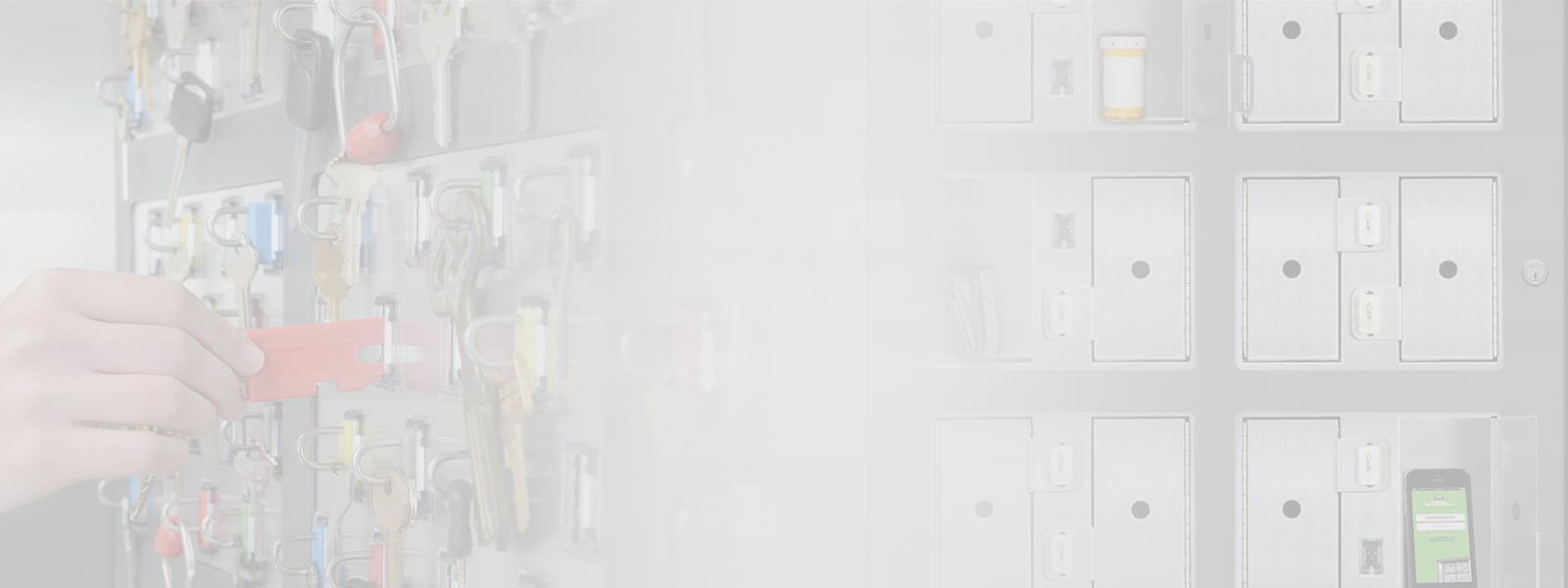Key control and management systems have proven to be an invaluable component in a comprehensive physical security operation. Following are a few fast facts that help show how.
1 – A key management system can consist of just a single key held in one cabinet. More often, however, key management systems comprise multiple key cabinets, which can be expanded to protect in excess of 14,000 keys per site.
3 – Third party integration with other security systems such as access control enables seamless functionality between the systems and helps users manage personnel, credentials and assets more effectively and efficiently. As an example, a user who has taken a specific key from the cabinet can be denied egress from the facility until the key is returned.
7 – The cabinet’s easy to read seven-inch display screen is rated at 7 Mohs hardness for scratch resistance. The tamper-proof cabinets can only be accessed by authorized users in one of several ways -- with individual pre-programmed PIN codes, access cards or biometrics or a combination thereof (PIN code and access card, or access card and fingerprint, etc.). Once the identity has been validated, the cabinet is unlocked and the particular key can be accessed/returned, with all activity being automatically recorded.
10+ – A variety of module types make key control systems great for storing keys – as well as other sensitive assets including phones, wallets, laptops and more. Users can swap module types within their system as business needs change.
10,000 – With a built-in keypad and up to 10,000 assignable user codes in a networked system, today’s advanced key management systems provide unmatched flexibility and functionality. It’s ideal for applications ranging from airports to education, fleets, gaming and hospitality – and probably 9,995 more.
Contact one of our experts today for more on how key management systems can support your business.



